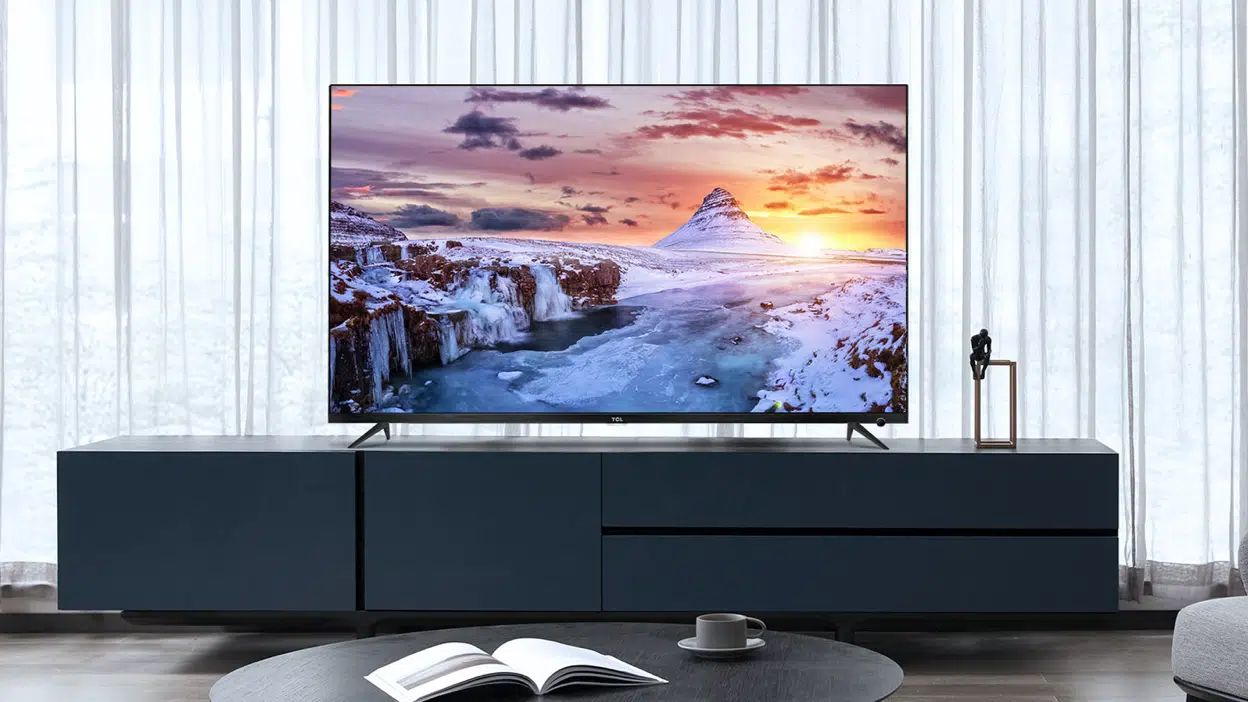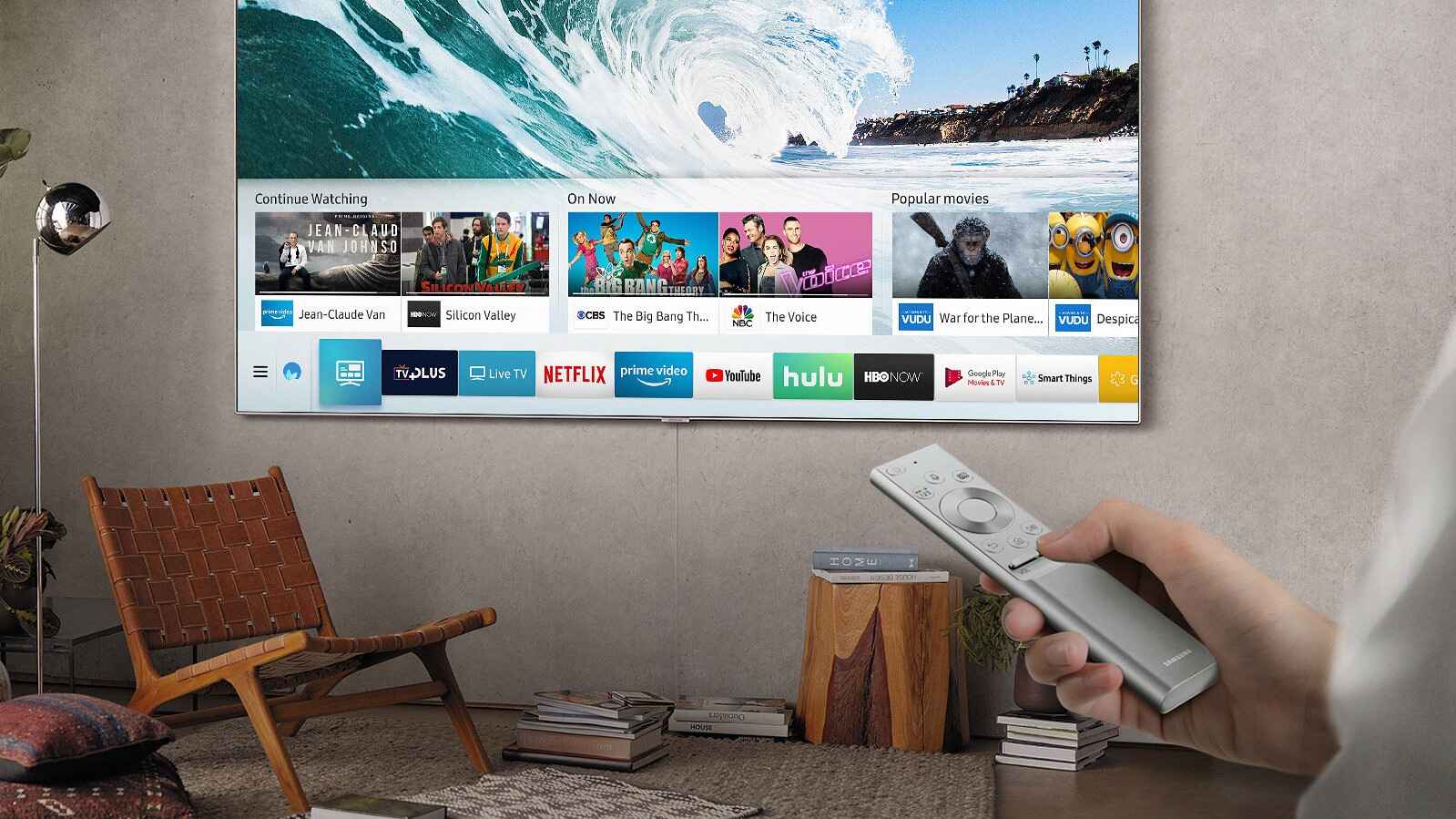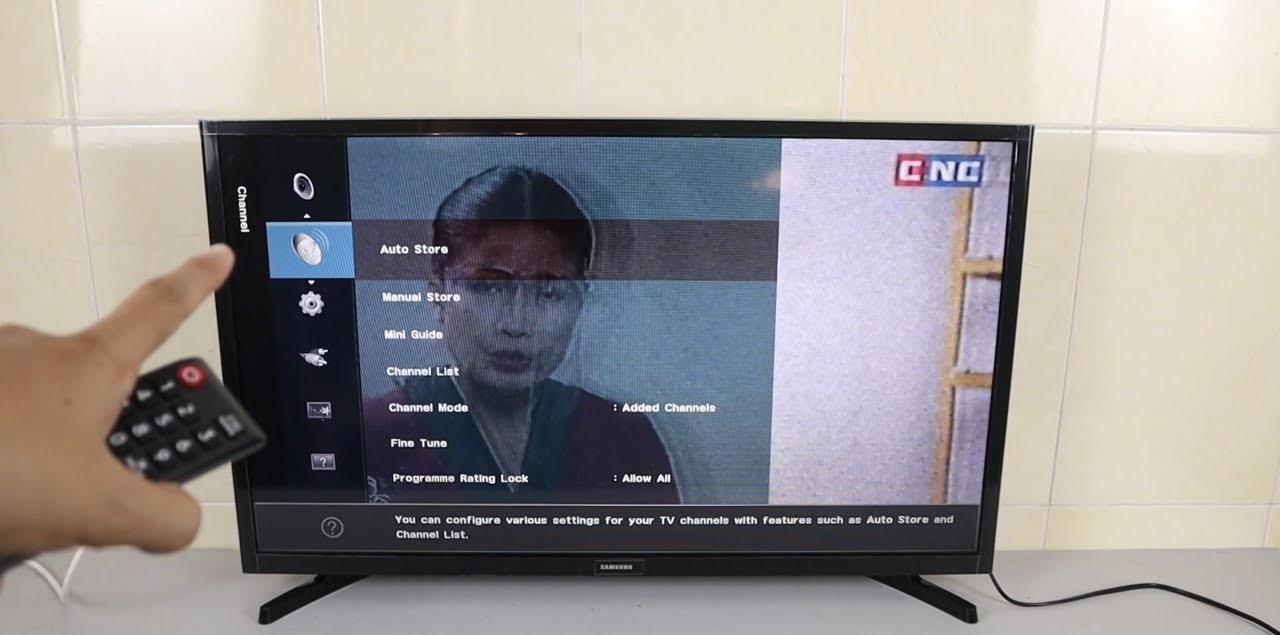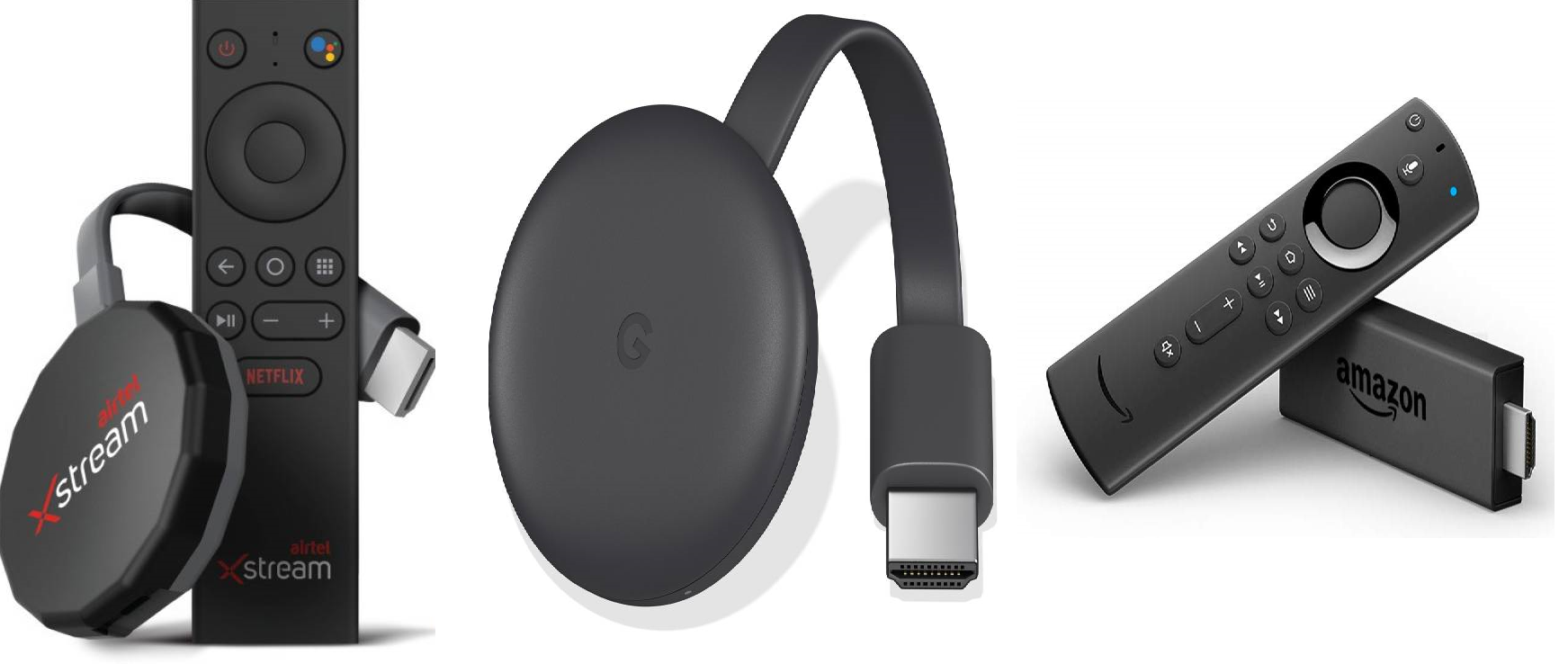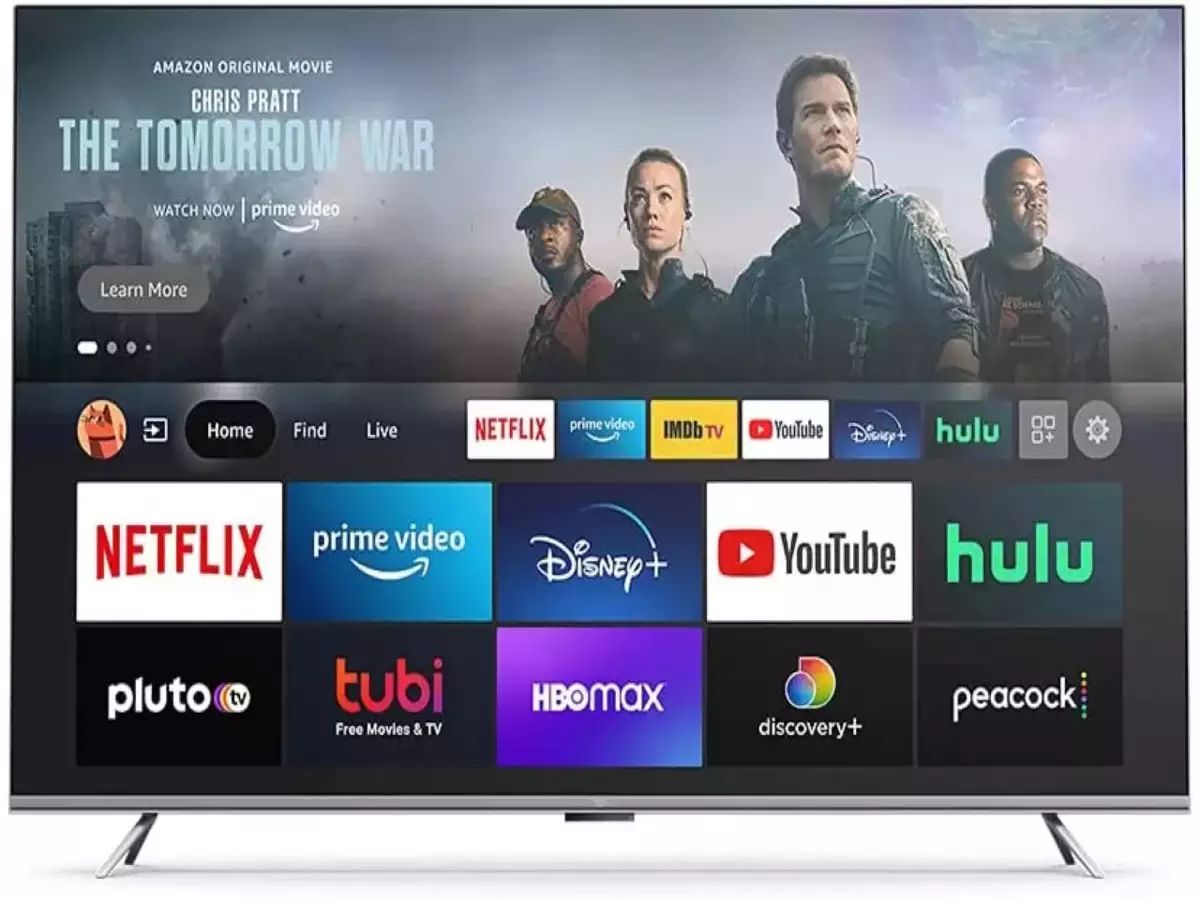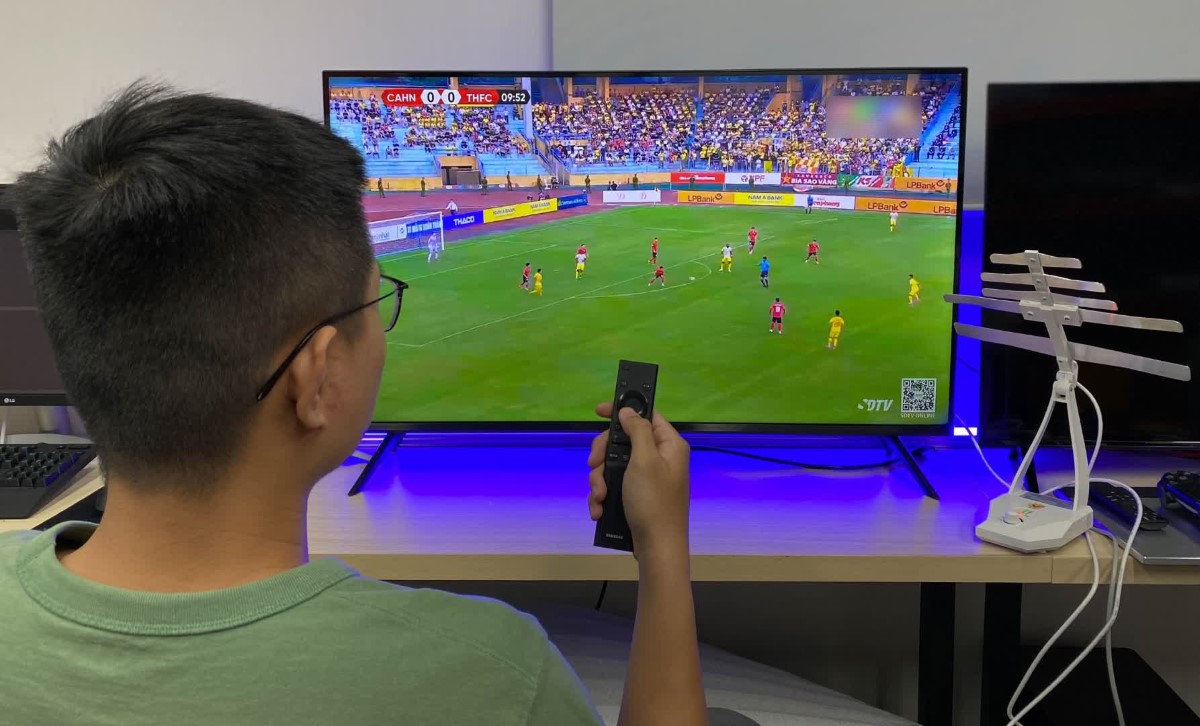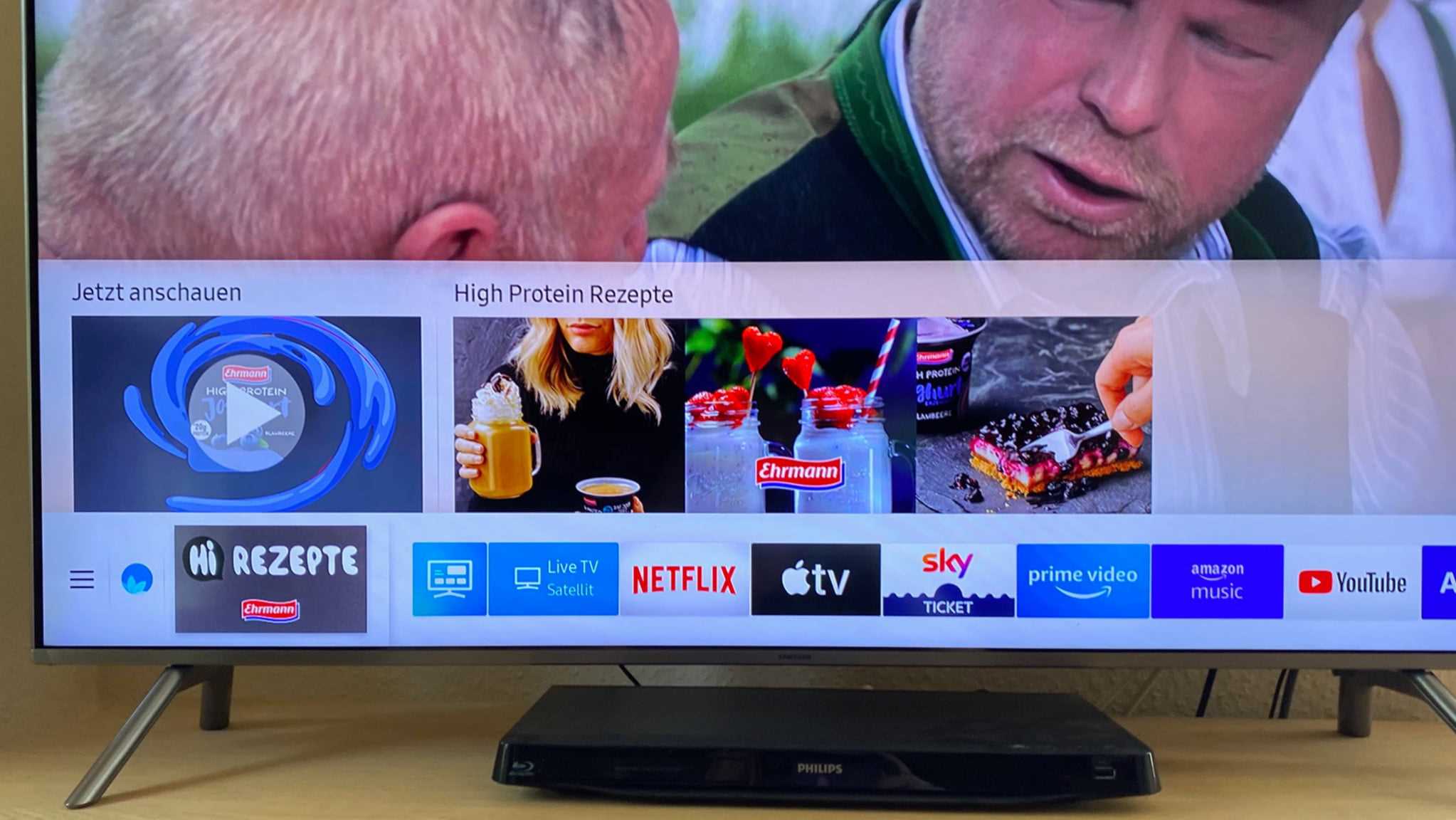Introduction
With the rapid advancement of technology, televisions have evolved from simple devices to powerful entertainment systems. One major development in the field of televisions is the introduction of smart TVs. These advanced devices have gained popularity in recent years, offering a range of exciting features and capabilities that go beyond what traditional, or regular, TVs can offer.
In this article, we will explore the key differences between smart TVs and regular TVs, highlighting their unique features, connectivity options, internet access capabilities, applications, user interfaces, and affordability. By understanding these distinctions, you can make an informed decision when choosing between a smart TV and a regular TV for your home entertainment needs.
Before we dive into the details, it is important to clarify the definitions of both smart TVs and regular TVs. A regular TV, also known as a standard TV or a basic TV, refers to a television set without internet connectivity or advanced features. On the other hand, a smart TV is a television set that is equipped with built-in internet capabilities and a range of smart features, allowing users to access online content, stream videos, use applications, and much more.
Now, let’s delve into the features that differentiate smart TVs from regular TVs, and discover the advantages and disadvantages each type has to offer.
Definition of Smart TV and Regular TV
Before we delve into the differences between smart TVs and regular TVs, let’s establish their definitions more clearly.
A regular TV, also known as a standard TV or a basic TV, is a traditional television set that primarily focuses on delivering broadcast signals from cable, satellite, or antenna sources to display videos and audio. These televisions have been around for many years and do not have built-in internet connectivity or advanced features.
On the other hand, a smart TV is a television set that combines the functionality of a traditional TV with the power of the internet. It is equipped with built-in internet capabilities and a range of smart features that allow users to connect to the internet, access online content, stream videos, use applications, and more. Smart TVs often have operating systems that enable an intuitive user interface and seamless navigation.
The key differentiating factor between smart TVs and regular TVs lies in their internet connectivity and additional features. While regular TVs are limited to receiving broadcast signals, smart TVs can connect to the internet via Wi-Fi or Ethernet, opening up a world of possibilities.
It is important to note that not all smart TVs are created equal. The features and capabilities of smart TVs can vary depending on the brand and model. Some smart TVs offer a wide range of functionalities, including voice control, screen mirroring, and compatibility with smart home devices, while others may have more limited features.
Now that we have established the definitions, let’s explore the specific features and functionalities that differentiate smart TVs from regular TVs in more detail.
Features of Smart TV
Smart TVs offer a wide range of features that enhance the overall viewing experience and provide access to a variety of entertainment options. Here are some key features of smart TVs:
1. Internet Connectivity: One of the main highlights of a smart TV is its ability to connect to the internet. This allows users to browse the web, access social media platforms, check emails, and even shop online directly from their television.
2. Streaming Services: Smart TVs provide access to popular streaming platforms, such as Netflix, Hulu, and Amazon Prime Video, where users can enjoy a vast library of movies, TV shows, and exclusive content. This eliminates the need for separate streaming devices, making it convenient and efficient.
3. Applications: Smart TVs come with a built-in app store, allowing users to download and install various applications. These apps can range from video streaming services to gaming platforms, fitness apps, weather updates, and much more, expanding the functionality of the television beyond traditional broadcasting.
4. Voice Control: Many smart TVs now offer voice control features, allowing users to interact with their televisions using voice commands. This hands-free operation makes it easy to search for content, change channels, adjust volume, and control other smart home devices connected to the TV.
5. Screen Mirroring: Smart TVs often have screen mirroring capabilities, allowing users to mirror their smartphone, tablet, or laptop screens onto the larger television display. This enables seamless sharing of photos, videos, presentations, and even live streaming.
6. Smart Home Integration: Some smart TVs are compatible with popular smart home platforms, such as Amazon Alexa or Google Assistant. This integration enables users to control their smart home devices, such as lights, thermostats, and security systems, using voice commands or through the TV’s interface.
These features make smart TVs a versatile entertainment hub that goes beyond traditional television broadcasting. With a smart TV, users can access a wide range of content, personalize their viewing experience, and enjoy the convenience of a connected home entertainment system.
Features of Regular TV
While smart TVs offer a range of advanced features and internet connectivity, regular TVs, or standard TVs, have their own set of features that cater to those who prefer a simpler viewing experience. Here are some key features of regular TVs:
1. Broadcast Reception: A regular TV is designed primarily for receiving and displaying broadcast signals from cable, satellite, or antenna sources. It provides access to a wide range of channels for watching live broadcasts of television shows, sports events, news programs, and more.
2. HDMI and AV Inputs: Regular TVs typically come with HDMI and AV inputs, allowing users to connect external devices like DVD players, gaming consoles, and Blu-ray players. This enables users to enjoy their favorite movies and games on the big screen.
3. Simple User Interface: Regular TVs often have a straightforward and easy-to-use user interface. They come with basic controls, such as volume adjustment, channel changing, and picture settings, making them ideal for those who prefer a more simplified TV experience.
4. Affordable: Regular TVs are generally more affordable compared to smart TVs. They offer a budget-friendly option for those who are primarily interested in watching broadcasted content without the need for internet connectivity or advanced features.
5. Dependable and Reliable: Regular TVs have a long-standing track record of dependability and reliability. They are designed to deliver consistent performance and are less prone to software glitches or compatibility issues that smart TVs may occasionally encounter.
While regular TVs may not offer the same level of functionality and connectivity as smart TVs, they provide a simple and reliable solution for those who prefer traditional broadcasting and have no need for internet-based services or additional features.
Connectivity Options
When it comes to connectivity options, there is a notable difference between smart TVs and regular TVs. Let’s explore the connectivity options for each:
Smart TVs: Smart TVs are designed to be connected to the internet, and they offer various options for doing so. The most common method is through Wi-Fi, allowing users to wirelessly connect their smart TVs to their home internet network. This provides convenient access to online content and streaming services without the need for additional cables or connections. Additionally, smart TVs often have Ethernet ports that allow users to connect their televisions directly to the router using an Ethernet cable, ensuring a stable and reliable internet connection.
Regular TVs: In contrast, regular TVs do not have built-in internet connectivity. They rely on other devices, such as cable boxes or satellite receivers, to receive and display broadcasted content. However, regular TVs typically have various connectivity options to connect external devices. The most common connection is through HDMI, which allows users to connect devices like DVD players, gaming consoles, or streaming devices. Additionally, regular TVs may have AV inputs, component inputs, or RF inputs to connect different types of external devices.
When considering connectivity options, it’s important to assess your specific needs and preferences. If you prioritize accessing online content and streaming services directly on your TV, a smart TV with its built-in internet connectivity is the ideal choice. On the other hand, if you primarily watch broadcasted content and prefer to connect external devices for additional functionality, a regular TV with multiple connectivity options can fulfill your requirements.
Internet Access and Streaming Services
One of the key advantages of smart TVs over regular TVs is their ability to access the internet and stream content from various online platforms. Let’s examine this aspect in more detail:
Smart TVs: Smart TVs excel in providing seamless internet access, allowing users to browse the web, access social media platforms, and stream content from popular services like Netflix, Hulu, Amazon Prime Video, and more. With built-in Wi-Fi or Ethernet connectivity, smart TVs can easily connect to the internet, eliminating the need for additional devices or cables. This enables users to enjoy a vast library of movies, TV shows, and original content while also having the convenience of accessing online services directly on their television.
Regular TVs: Regular TVs do not have built-in internet connectivity, which means they cannot directly access streaming services or online content. However, this limitation can be overcome by using external devices such as streaming media players, gaming consoles, or set-top boxes that support online streaming services. By connecting these devices to a regular TV, users can enjoy the benefits of internet access and streaming capabilities.
While it is possible to achieve internet access and streaming capabilities with regular TVs through external devices, smart TVs offer a more integrated and user-friendly experience. With a smart TV, there is no need for additional devices or complicated setups. Users can directly access their favorite streaming services and enjoy a wide range of online content without any hassle.
Ultimately, the choice between a smart TV and a regular TV depends on your preference for accessing online services and streaming content. If you prioritize the convenience of built-in internet access and seamless streaming capabilities, a smart TV is the ideal choice. However, if you are willing to use external devices to achieve internet connectivity on a regular TV, it can still provide an enjoyable streaming experience.
Applications and Content
When it comes to accessing a wide variety of applications and content, smart TVs have a significant advantage over regular TVs. Let’s explore this aspect in more detail:
Smart TVs: One of the standout features of smart TVs is their built-in app stores, which allow users to download and install various applications directly on their television. These applications range from popular streaming services like Netflix, Hulu, and Disney+ to social media platforms, gaming apps, news apps, and more. Smart TVs provide users with a vast array of content choices, enhancing the entertainment options available. Whether you want to watch the latest movies, catch up on your favorite TV shows, play games, or stay updated with news and social media, smart TVs offer a diverse selection of applications to cater to your preferences.
Regular TVs: Regular TVs do not have access to app stores or the ability to directly download and install applications. However, users can still access certain content through external devices connected to their regular TVs. For example, by connecting a streaming media player or a gaming console, users can access popular streaming services and gaming platforms. While the options may be more limited compared to smart TVs, external devices can still provide access to a range of content and applications.
It is important to consider your content preferences and the applications you desire when deciding between a smart TV and a regular TV. If you desire a vast selection of applications that can be directly downloaded and accessed on your TV, a smart TV is the ideal choice. On the other hand, if you are content with using external devices to access specific applications and content, a regular TV can be a suitable option.
Ultimately, the availability and convenience of applications and content on smart TVs make them a popular choice for those who want a more immersive and diverse entertainment experience.
User Interface and Navigation
The user interface and navigation experience can greatly impact our overall enjoyment and convenience when using a TV. Let’s compare the user interface and navigation of smart TVs and regular TVs:
Smart TVs: Smart TVs are designed with intuitive and user-friendly interfaces that are specifically tailored to enhance the user experience. These interfaces allow easy navigation through various menus, applications, and settings. Smart TVs often have customizable home screens, enabling users to personalize their viewing experience by placing their favorite apps and content front and center. Additionally, smart TVs may offer voice control features, allowing users to interact with their televisions using voice commands, making navigation even more effortless and hands-free.
Regular TVs: Regular TVs generally feature a simpler and more straightforward user interface. The navigation is typically limited to basic functions such as changing channels, adjusting volume, and accessing settings. While the interface may not be as visually appealing or customizable as that of a smart TV, it is familiar and easy to navigate for most users. Regular TVs rely on remote controls or buttons on the TV itself for navigation, and they do not offer as many advanced features or customization options.
The user interface and navigation experience may vary depending on the brand and model of the TV. However, smart TVs generally provide a more interactive and user-friendly experience with their advanced interfaces and navigation options. The ability to customize the home screen, use voice control, and access a wide range of apps and content effortlessly enhances the overall user experience.
When choosing between a smart TV and a regular TV, consider your preference for a more interactive and customizable user interface. If having a visually appealing and feature-rich interface is important to you, a smart TV will likely provide a smoother and more enjoyable navigation experience. However, if you prefer a straightforward and simple interface without the need for advanced features, a regular TV can meet your needs.
Price and Affordability
Price and affordability are important considerations when deciding between a smart TV and a regular TV. Let’s take a closer look at how these factors come into play:
Smart TVs: Smart TVs often come with a higher price tag compared to regular TVs. This is because of the additional features, internet connectivity capabilities, and advanced technologies they offer. The cost of a smart TV can vary depending on the brand, model, screen size, and specific features. High-end smart TVs with larger screens and the latest technologies tend to be more expensive, while budget-friendly options are available for those with a lower budget. However, it’s worth noting that the prices of smart TVs have become more affordable in recent years, making them accessible to a wider range of consumers.
Regular TVs: Regular TVs, on the other hand, are generally more affordable compared to smart TVs. They prioritize delivering the basic functionality of a television without the added cost of advanced features or internet connectivity. Regular TVs are available in a wide range of price points, from budget-friendly options to higher-end models with larger screens and superior picture quality. This flexibility allows consumers to choose a television that fits their specific budget and needs.
When considering the price and affordability of a TV, it’s important to align your budget with your desired features and functions. If advanced features, internet connectivity, and the ability to access a wide range of applications and content are essential to you, investing in a smart TV may be worth the higher price. On the other hand, if your primary concern is a basic, reliable television viewing experience without the need for additional features, a regular TV may be a more cost-effective choice.
Ultimately, the price and affordability of a TV should be assessed based on your personal budget and the features that are most important to you. Consider the long-term value and enjoyment you will get from the television before making a purchase decision.
Conclusion
When it comes to choosing between a smart TV and a regular TV, it ultimately boils down to your personal preferences, needs, and budget. Let’s summarize the key points we’ve discussed:
Smart TVs offer advanced features such as internet connectivity, streaming services, access to applications, voice control, screen mirroring, and smart home integration. They provide a seamless and integrated entertainment experience, allowing users to enjoy a wide range of online content and services directly on their television. However, they generally come with a higher price tag compared to regular TVs.
Regular TVs focus on delivering a basic television viewing experience without the added features and internet connectivity of smart TVs. They are more affordable and offer simplicity and reliability. While regular TVs lack the in-built functionality of smart TVs, external devices can be used to access streaming services and other online content.
When making a decision, consider factors like your preference for online streaming, accessing applications, customization options, ease of navigation, and your budget. If you value the convenience of internet access, a wide choice of applications, and a customizable user interface, a smart TV may be the right choice for you. On the other hand, if you prefer a straightforward viewing experience and are content with external devices for online content, a regular TV can be a cost-effective option.
Remember to research and compare different models, read reviews, and consider the available options in your budget before making a purchase. Both smart TVs and regular TVs have their own merits, so make a decision based on your individual preferences to ensure an enjoyable and fulfilling television viewing experience.









